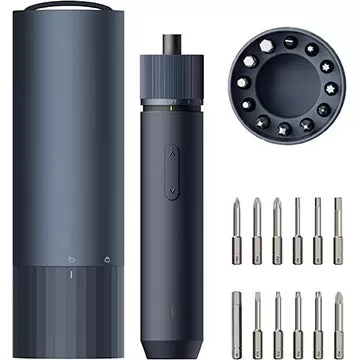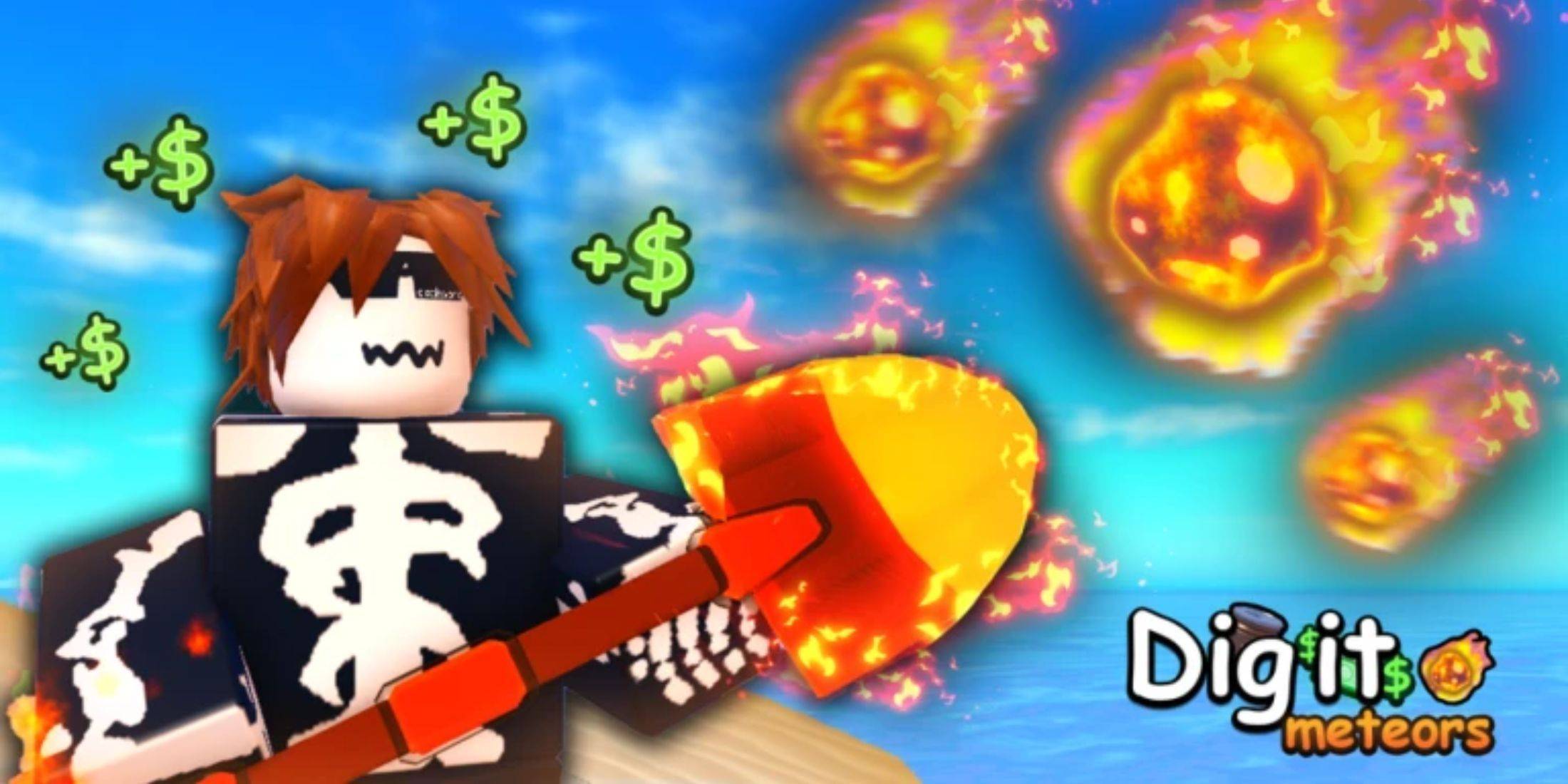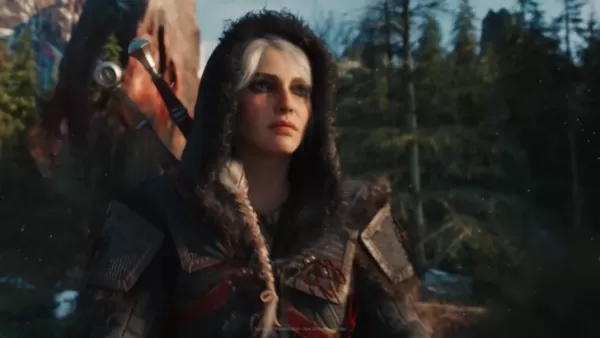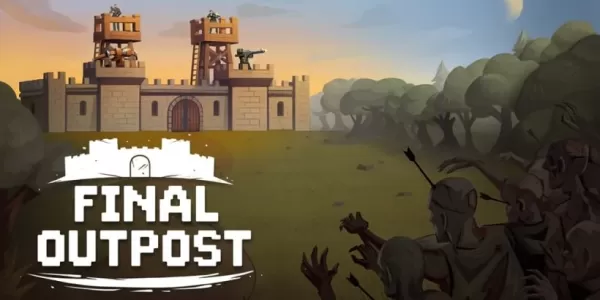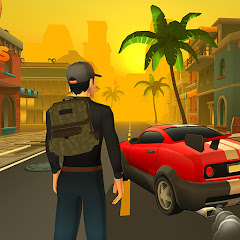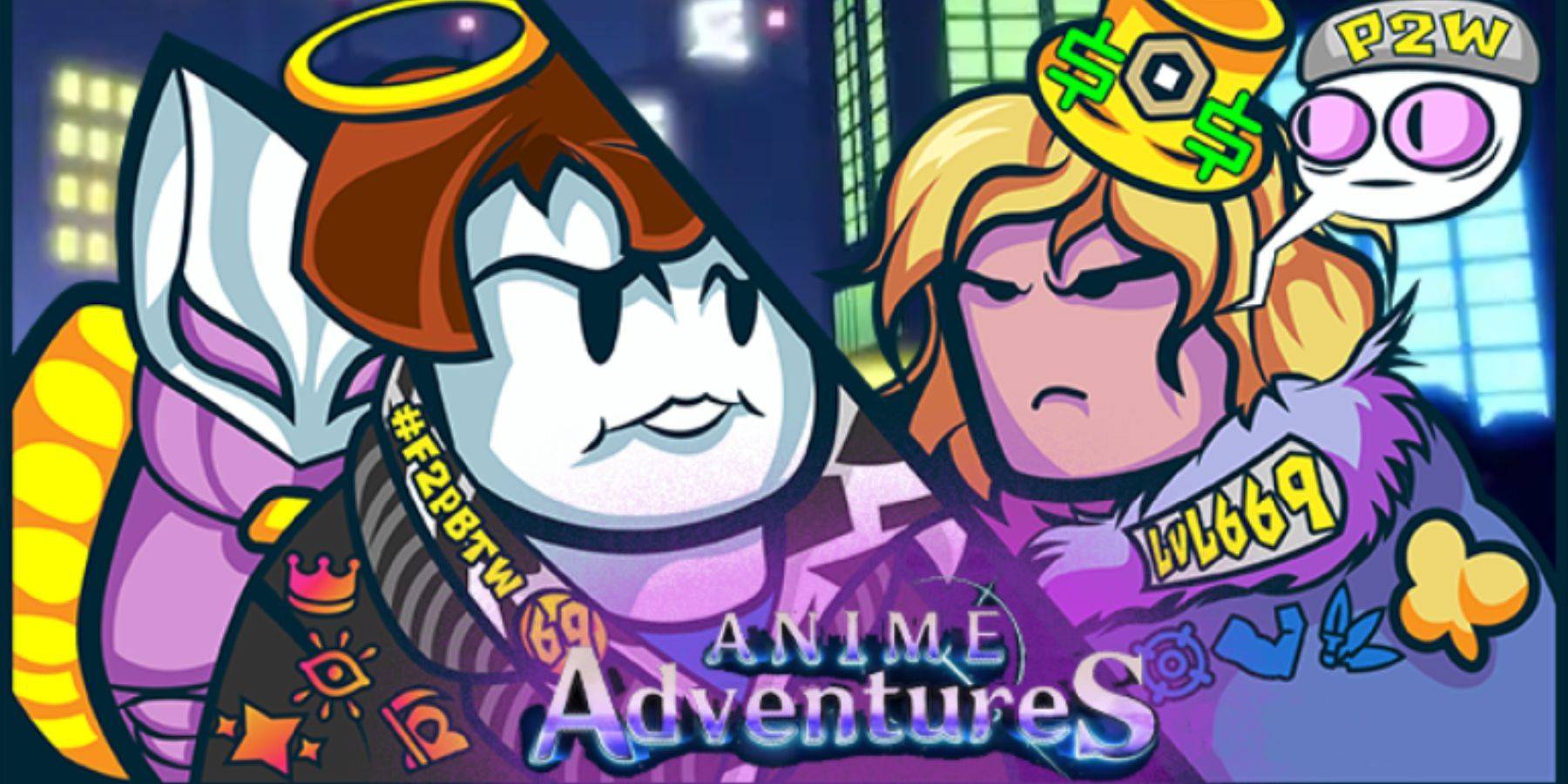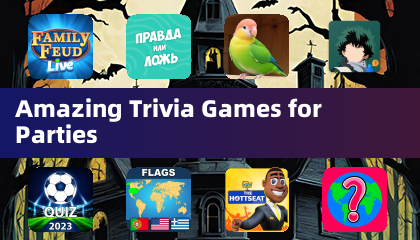"Blades of Fire: Exclusive First Look"
When I sat down to play developer MercurySteam's latest project, Blades of Fire, I anticipated a revival of the studio's Castlevania: Lords of Shadow essence, infused with the modern stylings of God of War. An hour into the game, it felt like a Soulslike, yet with a unique twist where the focus was on weapon stats rather than RPG character sheets. By the end of my three-hour hands-on session, I realized that Blades of Fire both embraced and diverged from these inspirations, crafting a fresh take on the action-adventure genre.
Though not a direct clone of Sony Santa Monica's God of War, Blades of Fire shares many visual and mechanical similarities, particularly in its dark fantasy setting and close third-person camera perspective. The opening hours of the demo led me through a labyrinthine map filled with treasure chests, alongside a young companion who aided in puzzle-solving. Our mission was to find a woman of the wilds living in a house atop a giant creature. While these elements echoed God of War, the game also borrowed heavily from FromSoftware's repertoire, including anvil-shaped checkpoints that replenish health potions and respawn enemies.
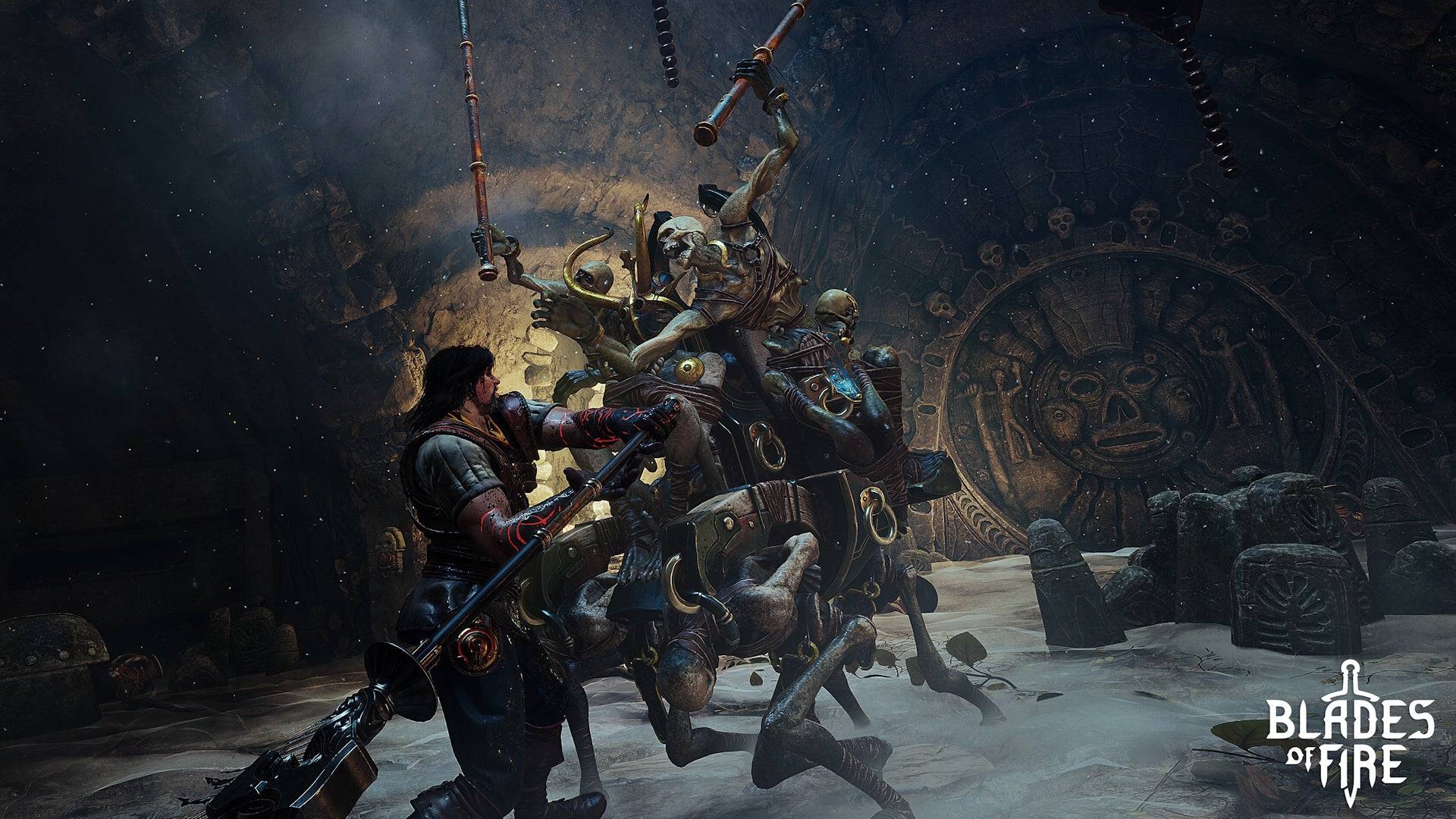
The game's world evokes a nostalgic 1980s fantasy vibe, where Conan the Barbarian wouldn't look out of place among its muscular soldiers, and quirky enemies reminiscent of Jim Henson's Labyrinth bounce around on bamboo pogo sticks. The narrative follows a classic tale of an evil queen who has turned steel into stone, tasking you, Aran de Lira, a blacksmith demigod, to defeat her and restore the world's metal. While the setting and premise are charmingly retro, I'm skeptical about the story's depth and character development, which felt somewhat clichéd and reminiscent of early Xbox 360 games.
Blades of Fire shines brightest in its mechanics. The combat system utilizes directional attacks mapped to the controller's face buttons. On a PlayStation controller, triangle targets the head, cross aims at the torso, while square and circle attack left and right. This system requires you to read enemy stances and exploit their defenses effectively, delivering visceral feedback with each strike.
A highlight was the first major boss fight against a troll, which introduced a second health bar that could only be damaged after dismembering the creature. The limb you severed depended on your attack angle, allowing strategic disarming of the troll, or even removing its face to temporarily blind it. This mechanic adds a layer of tactical depth to encounters.
Your weapons in Blades of Fire require constant attention. They dull with use, reducing damage over time, necessitating sharpening stones or stance changes. Each weapon also has a durability meter, which, once depleted, requires repair or melting down for crafting new weapons at the forge.
Blades of Fire Screenshots
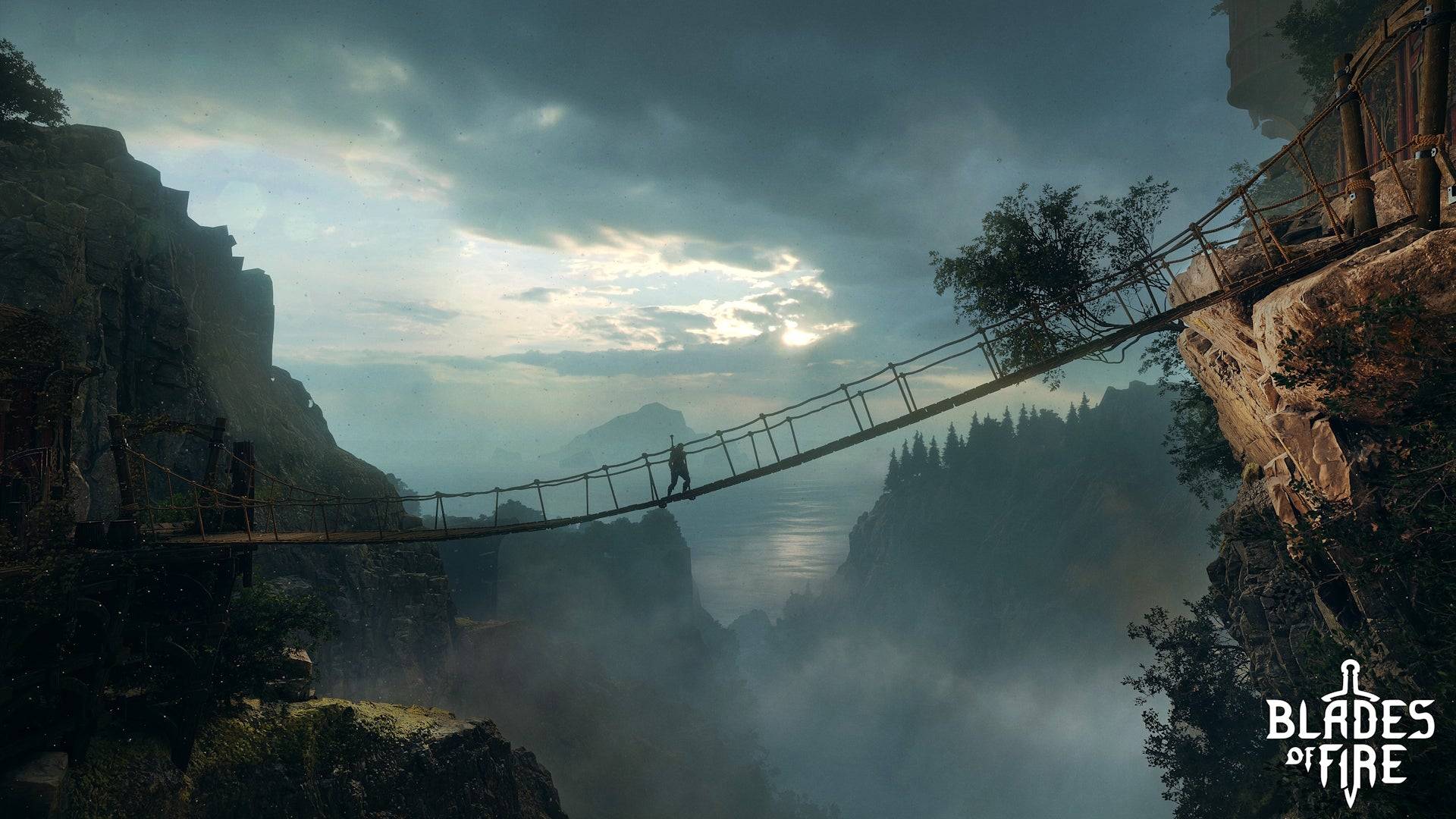
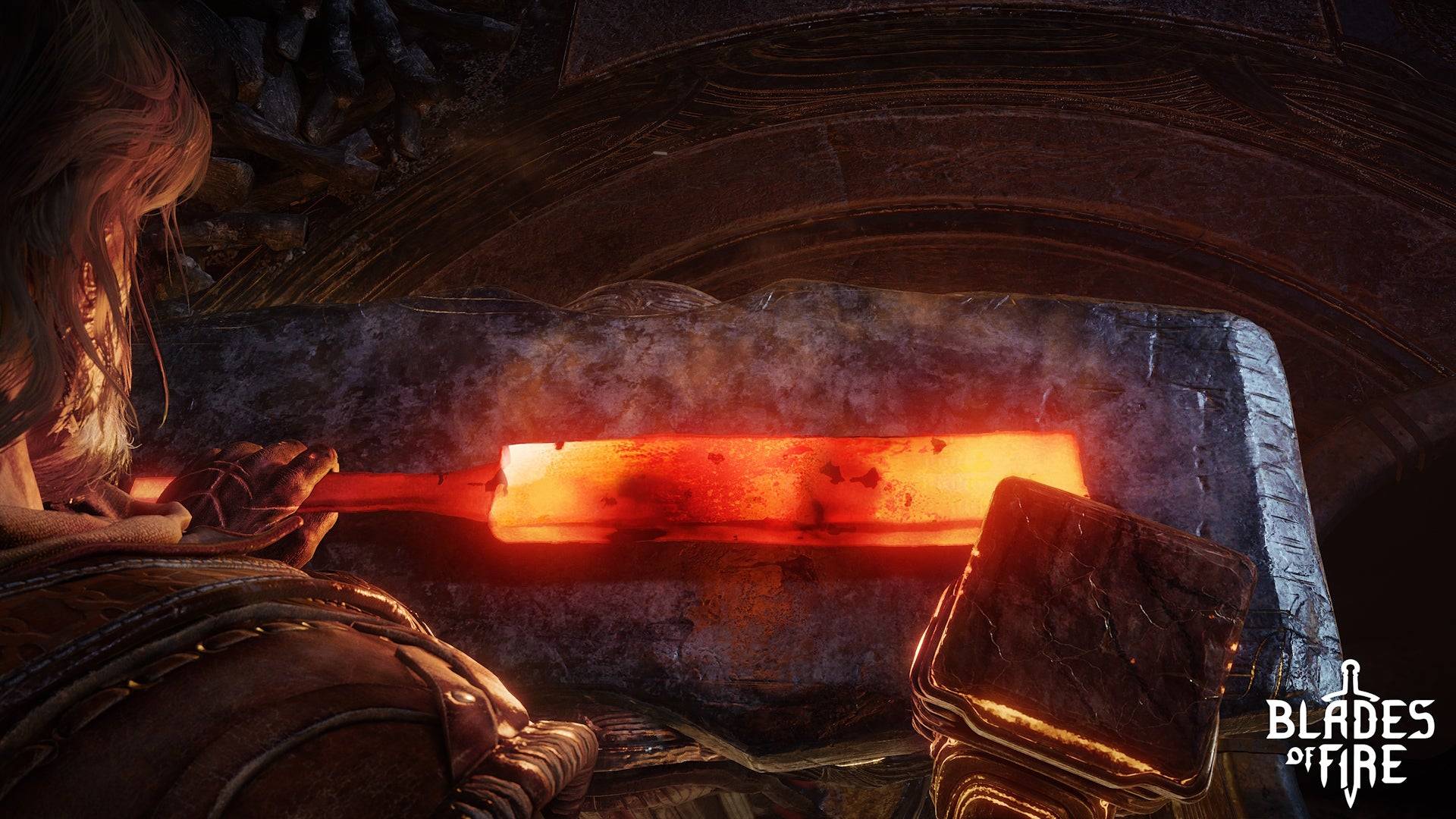 9 Images
9 Images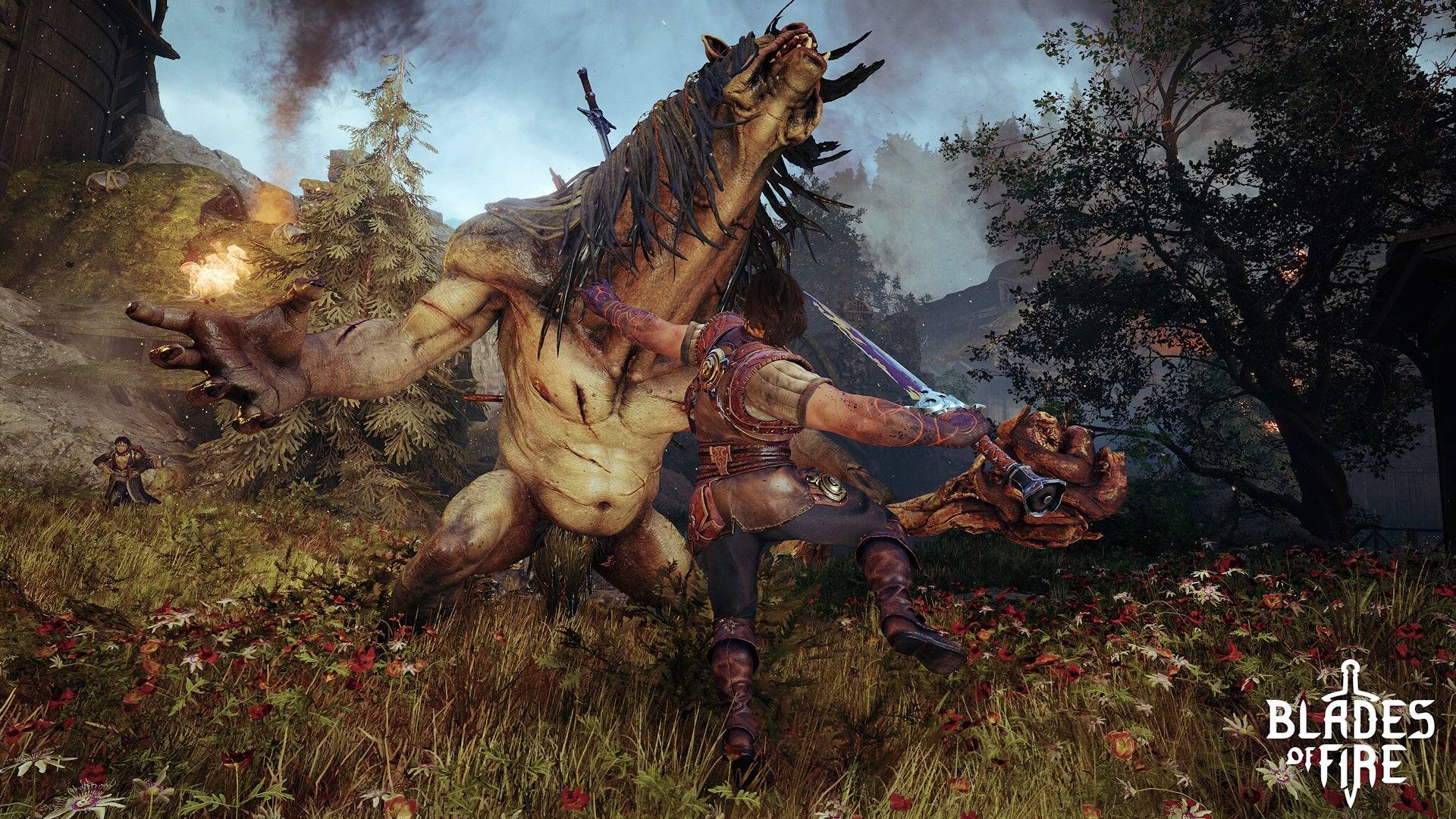
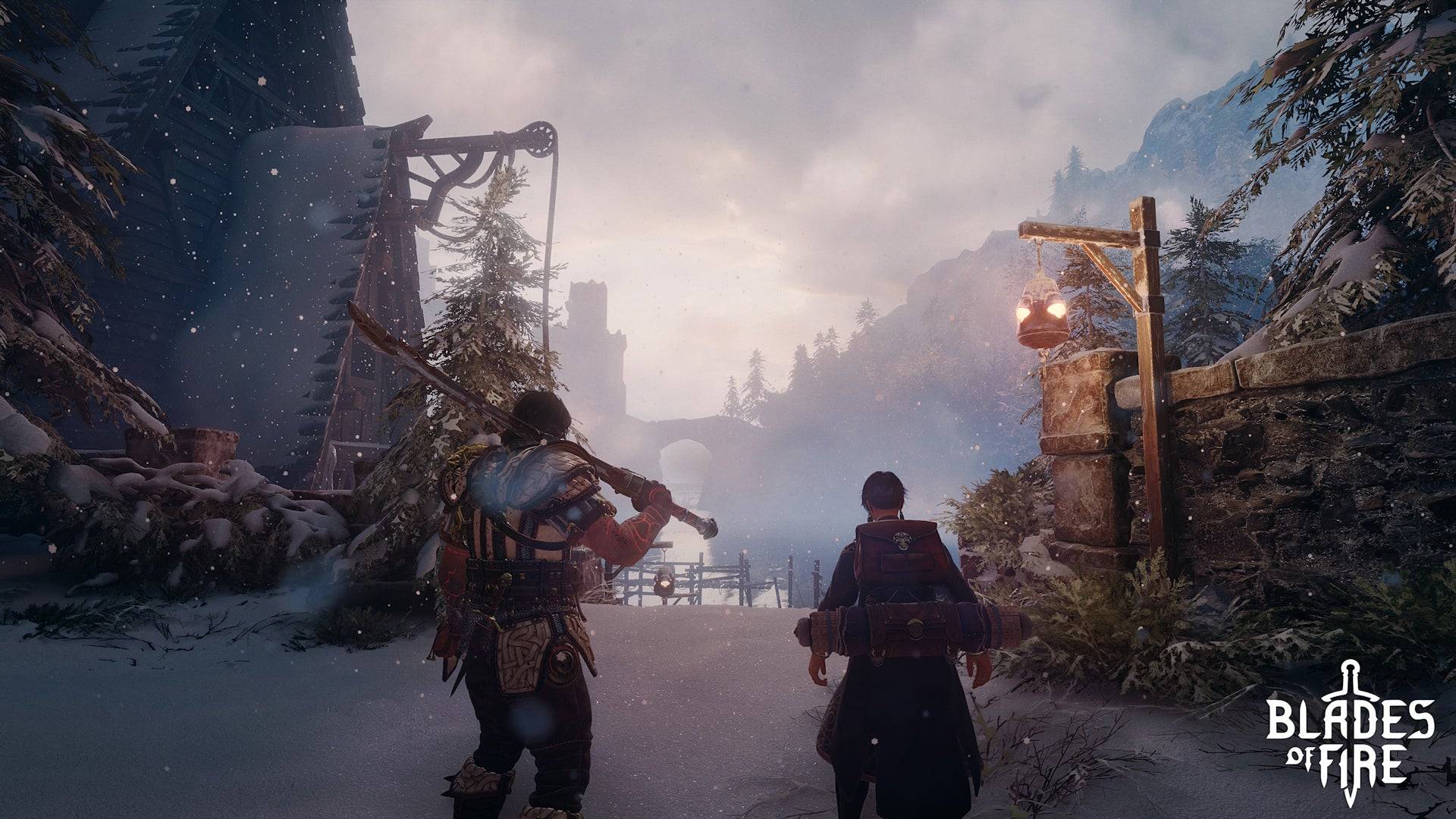
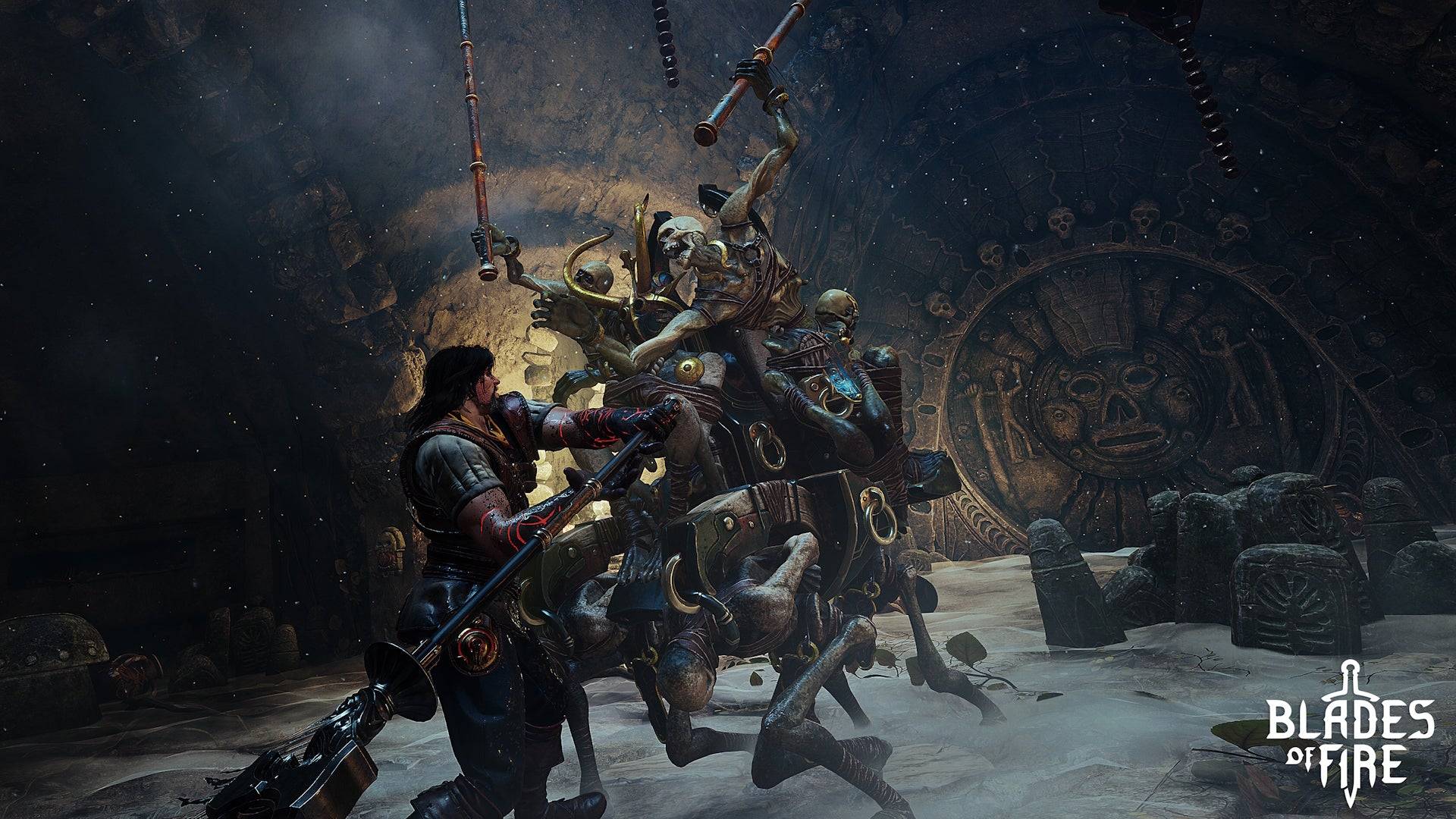

The forge is the heart of Blades of Fire's innovation, offering an extensive weapon crafting system. You begin by designing your weapon on a chalkboard, adjusting elements like length and shape, which directly impact stats such as range and damage type. Different materials affect weight and stamina usage, enhancing the crafting experience. Once designed, you physically forge the weapon through an engaging minigame, controlling the hammer strikes to shape the metal accurately. The quality of your forging affects the weapon's durability and repairability.
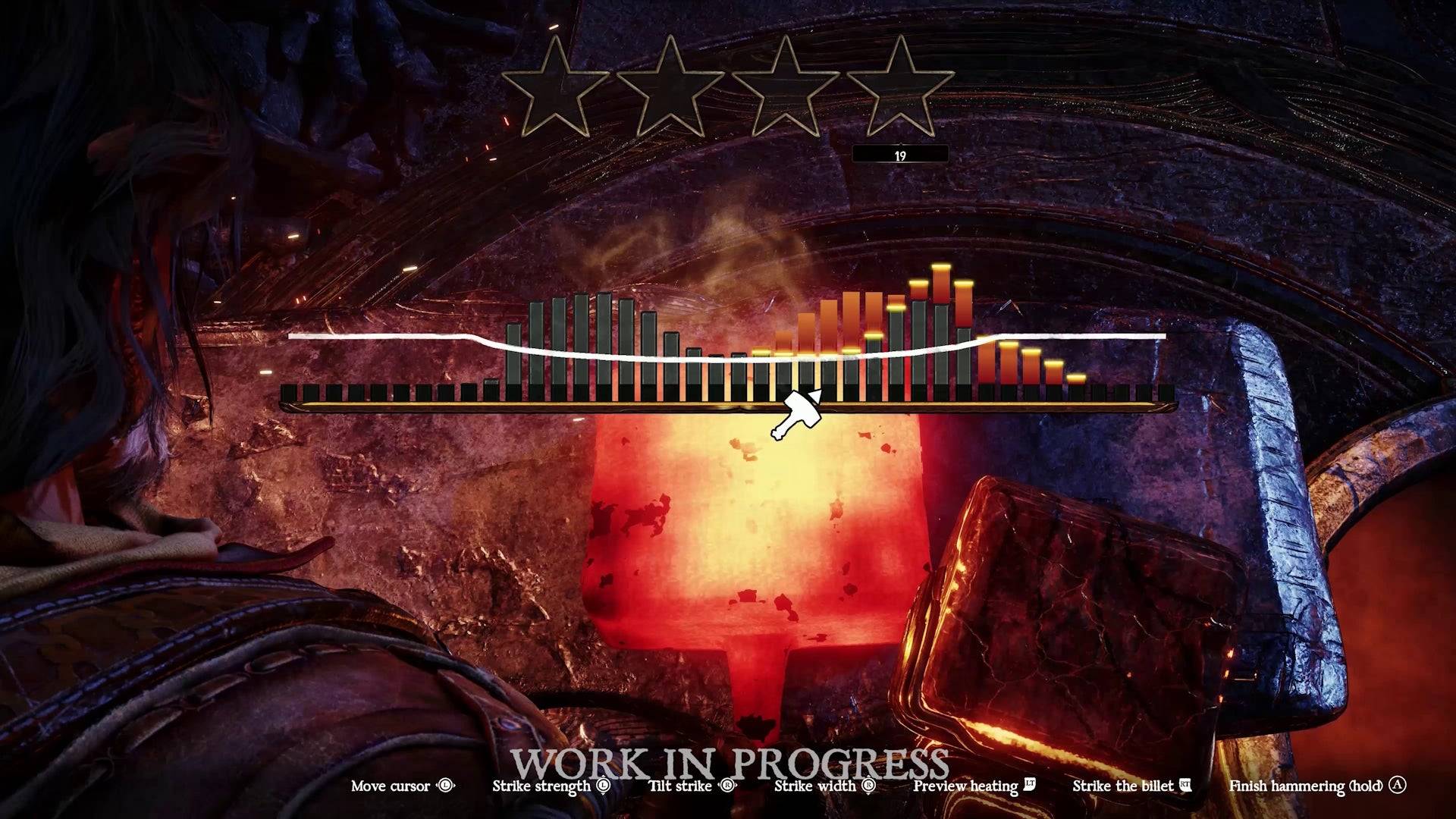
I appreciate the concept of the forge, introducing a skill-based element to weapon crafting. However, the minigame felt obtuse, with unclear feedback on how strikes affected the metal's shape. A more intuitive tutorial could enhance this feature significantly.
MercurySteam envisions a deep connection between players and their crafted weapons, lasting throughout a 60-70 hour journey. As you progress, you can reforge weapons with new materials to meet evolving challenges. The death system further emphasizes this bond; upon defeat, you lose your weapon, which remains in the world for you to recover, adding a layer of risk and reward.
AnswerSee ResultsMercurySteam's adoption of Dark Souls mechanics is understandable given FromSoftware's influence on the genre, and Blades of Fire serves as a spiritual successor to Blade of Darkness, an early 2000s game by the studio's founders. The game reinterprets these established systems, creating a unique blend that sets it apart from its inspirations.
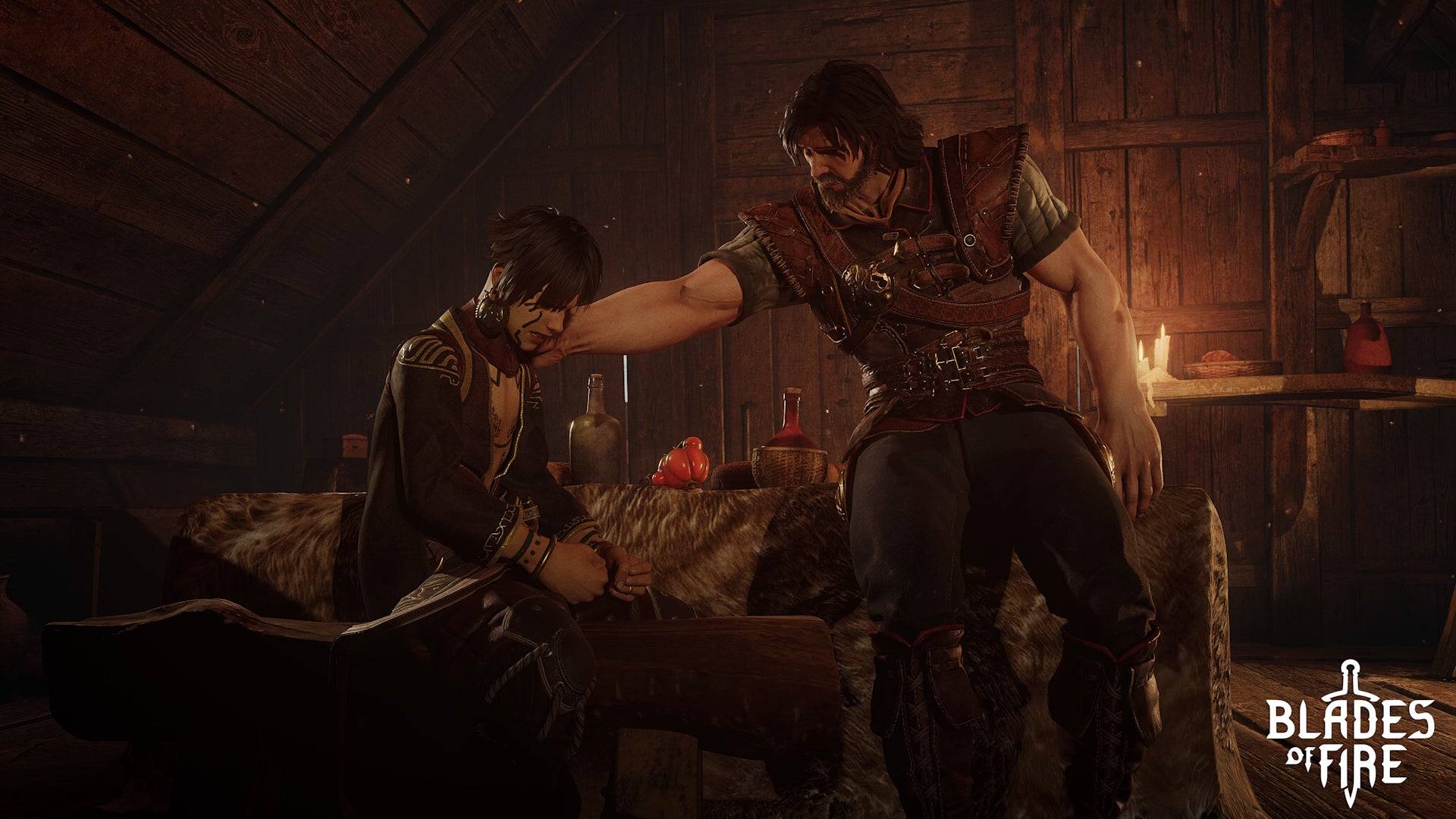
While playing, I felt the pull of MercurySteam's influences, from the brutal combat of Blade of Darkness to the innovations of FromSoftware and the world design of God of War. Yet, Blades of Fire carves its own path, blending these elements into a cohesive yet distinct experience.
I have some concerns about the game's generic dark fantasy setting and potential lack of variety, having encountered the same miniboss multiple times within the demo. However, the intricate relationship between your crafted weapons and the challenges you face holds immense promise. In an era where complex games like Elden Ring and Monster Hunter have captured mainstream attention, Blades of Fire could offer a compelling addition to the genre.










